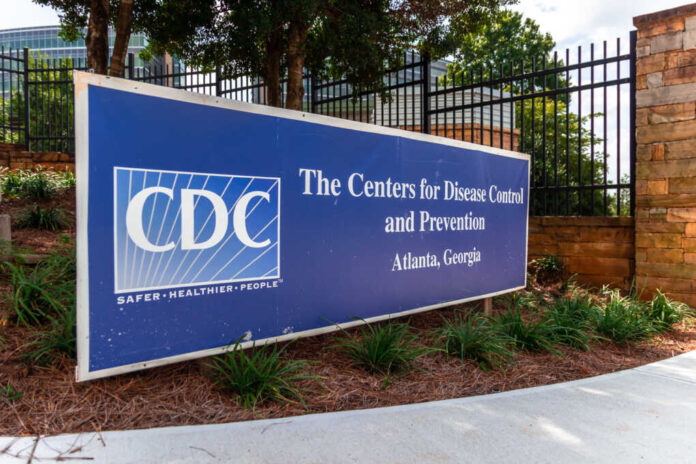
As the CDC signals potential cuts to FoodNet, experts warn that scaling back this vital surveillance threatens America’s ability to detect and prevent foodborne illness.
Story Snapshot
- FoodNet, the nation’s only comprehensive foodborne illness surveillance system, faces possible downsizing.
- Experts warn cuts could delay outbreak detection and increase rates of foodborne disease nationwide.
- No official confirmation from CDC, but budget debates and shifting priorities spark widespread concern.
- Downsizing risks reversing decades of progress in U.S. food safety and undermining public trust.
FoodNet’s Role as the Backbone of U.S. Food Safety
Since 1995, FoodNet has served as the primary, active surveillance system for foodborne diseases in the United States. Established in response to deadly outbreaks and run by the CDC in partnership with the USDA, FDA, and state health departments, FoodNet tracks critical pathogens across 10 diverse sites. Its data have guided major food safety policies, helping to protect millions of Americans from contaminated food and supporting the core value of limited government by ensuring targeted, evidence-based interventions—not bureaucratic overreach.
Fragmented surveillance before FoodNet led to underreporting and slow outbreak response, leaving families vulnerable and allowing preventable illnesses to spread. By providing population-based, laboratory-confirmed data, FoodNet enables rapid detection of new threats and empowers both state and federal agencies to act decisively. This collaborative, multi-agency approach reflects the importance of maintaining strong, yet limited, federal infrastructure to defend public health without excessive regulation or interference.
The CDC’s Cuts to FoodNet Could Threaten Americans’ Health https://t.co/XSzn8gdf1u pic.twitter.com/ceucCojTdd
— Dr. David L. Katz (@DrDavidKatz) September 11, 2025
Why Downsizing FoodNet Sparks Alarm Among Experts
Public health experts and advocacy groups have issued stark warnings about the threat posed by downsizing FoodNet. They caution that reducing coverage or resources would create dangerous gaps in surveillance, delaying detection of outbreaks and emerging pathogens. Such delays could lead to more Americans—especially vulnerable groups like children and the elderly—falling ill before authorities can act.
Watch:
Crucially, no alternative system offers the same level of comprehensive, population-based surveillance for sporadic foodborne infections. FoodNet’s unique structure allows for quick, science-based responses to outbreaks, reducing the need for broad, one-size-fits-all government mandates. Downsizing would not only undermine these protections but also risk increased healthcare costs, economic losses from food recalls, and further strain on already tight public health budgets.
Budget Constraints and Political Priorities Drive Uncertainty
Although the CDC has not officially confirmed FoodNet cuts as of September 2025, ongoing debates about federal spending and shifting agency priorities have fueled uncertainty about the program’s future. Pressures to reduce budgets and focus on other issues threaten to erode the infrastructure that made U.S. food safety a global standard.
Stakeholders including frontline health departments, the food industry, and advocacy groups are united in urging policymakers to preserve FoodNet’s capabilities. They emphasize that any reduction could erode public trust, undermine family security, and create regulatory uncertainty—issues that resonate with those who value constitutional protections, individual liberty, and a government that serves its citizens by focusing on essential, not excessive, roles.
Sources:
CDC – FoodNet Timeline
Foodborne Diseases Active Surveillance Network (FoodNet): Active Surveillance and Burden, 1996–2013 (PMC)
Yale School of Public Health – FoodNet Overview
CDC – About FoodNet
The Emerging Infections Program Foodborne Diseases Active Surveillance Network (FoodNet): A Platform for Public Health Surveillance and Research (PMC)
Massachusetts Department of Public Health – FoodNet History and Trends


















